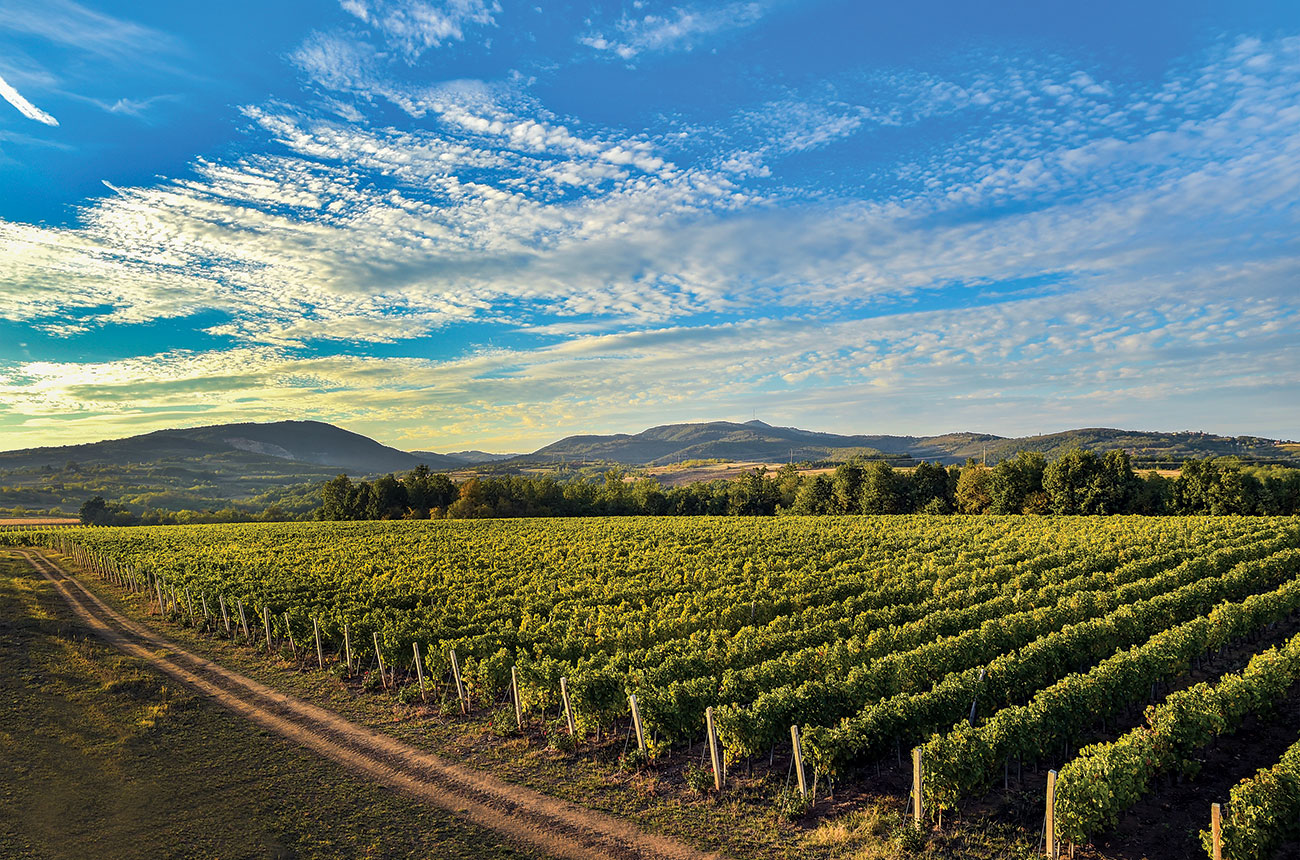Savour Serbia: 15 exciting wines to seek out
A sponsored guide.
A sponsored Decanter guide produced in cooperation with the National Tourism Organization of Serbia, Association of Winemakers and Winegrowers of Serbia and Vino & Fino magazine.
The time is now to discover Serbia – one of the least-known wine countries in Central and Eastern Europe, writes Caroline Gilby MW.

The lush vineyards in Serbia’s Fruška Gora national park region. Photo credit: Martin Candir.
Serbia lies at the heart of the Balkan Peninsula on Europe’s great river Danube, sharing major borders with Hungary, Croatia, Romania and Bulgaria, so it’s a real melting pot of cultural influences.
It’s a beautiful country with five national parks and a buzzing capital city, Belgrade, where good food and wine play an increasingly important role.
Quick Links:
Savour Serbia: 15 exciting wines to seek out | Around Serbia: key wine regions to know
Serbia: Five local grape varieties to watch | Belgrade: A wine lover’s guide
Wine in Serbia seems to have begun in a serious way with the Roman Emperor Probus, who lifted a prohibition on wine-growing outside Italy and planted grapes on the Fruška Gora mountain in today’s northern Serbia.
There’s much older evidence of grape pips in Neolithic sites in the region, though definite evidence of wine begins with the discovery of Greek amphorae holding traces of wine, and statuettes of the god Dionysus, dated to the 4th or the 3rd century BC.
Today’s Serbian wine industry is a fraction (in volume terms) of its recent past – but has transformed into a scene of smaller, dynamic family wineries. Local grapes such as white Grašac and Morava, red Probus and Prokupac are being reinvented as quality wines after decades of being overlooked.
At the same time, international grapes are important and can really showcase how good the terroir is. Chardonnay, Sauvignon Blanc, Cabernet Sauvignon and Merlot do particularly well – demonstrated by numerous Decanter World Wine Awards medals (including several Gold Medals and Platinum awards).
There’s a burgeoning natural and orange wine scene, too. The most important wine zones include Vojvodina to the north of Belgrade and central Serbia, and this guide will highlight the most important regions and most exciting producers.
Alongside wine, there’s been a huge development of great restaurants using local ingredients, as well as wine bars where you can explore the wines. This guide will also highlight wineries to visit and places to stay to get the most out of exploring this fascinating country.
See below for a guide to Serbia’s wines, grape varieties and vineyard regions, as well as bars, restaurants and sights not to miss when visiting capital city Belgrade.
Caroline Gilby MW: about the author
Caroline Gilby MW is a widely published wine writer, awarded author, speaker and consultant, with a passion for the wines of the Balkans, Central and Eastern Europe and the Black Sea.
A regular Decanter contributor, she is also joint Decanter World Wine Awards Regional Chair for North, Central & Eastern Europe. She holds a PhD in plant biology, and her first book, The Wines of Bulgaria,Romania and Moldova, was published in 2018 (£35 Infinite Ideas).